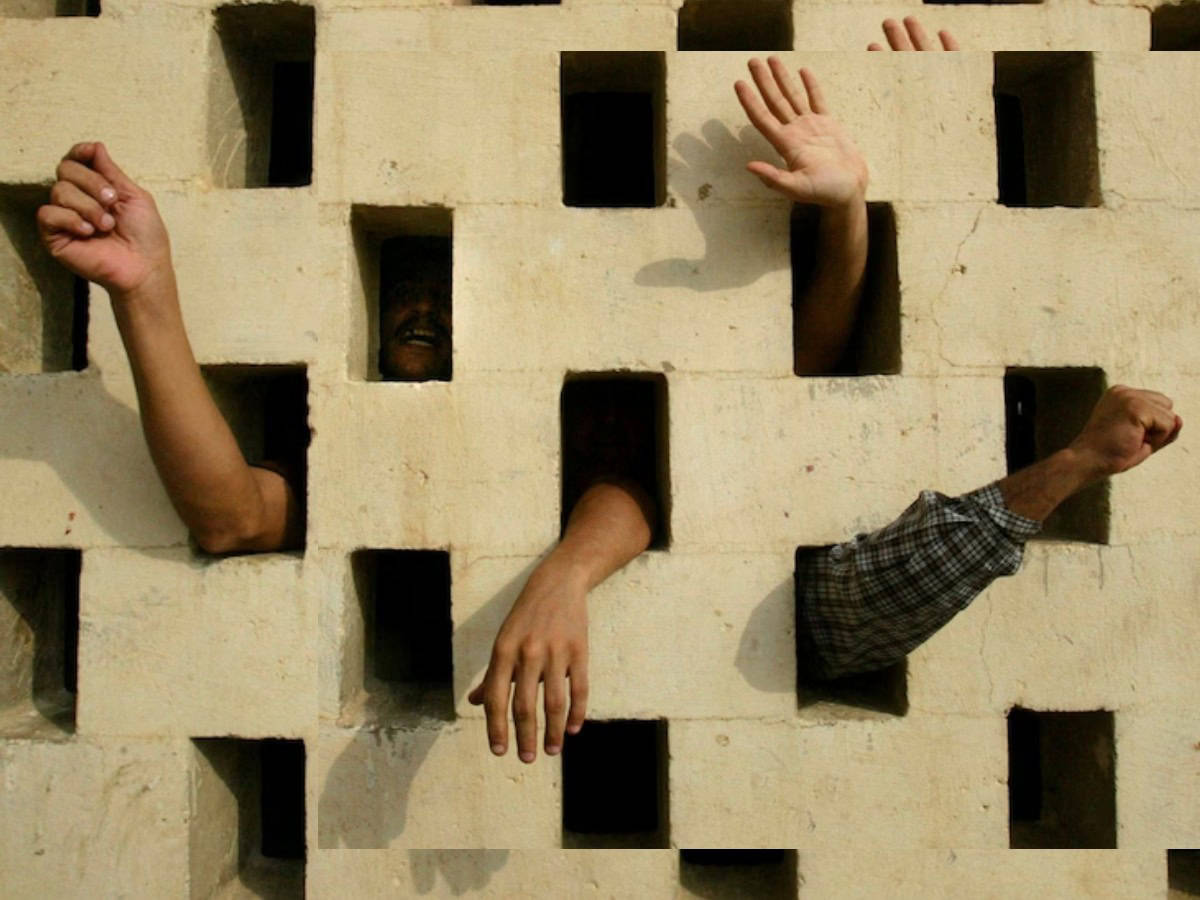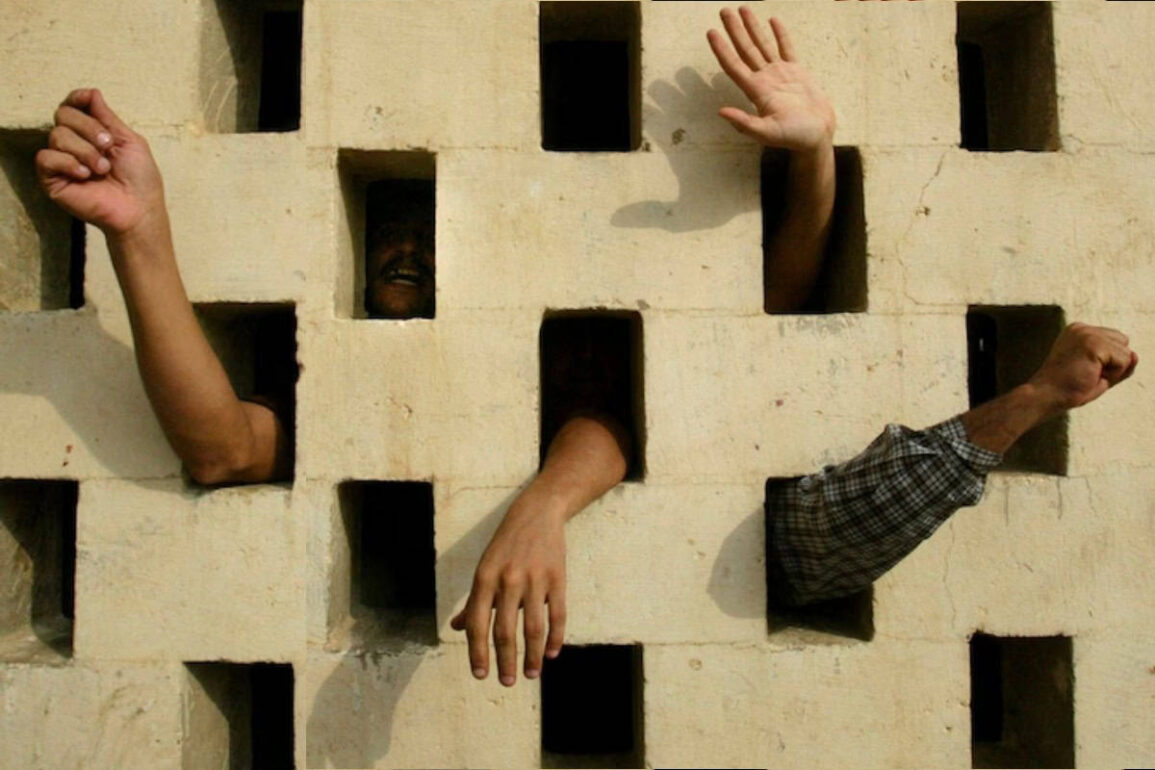
A federal jury in Virginia has issued a landmark verdict against a private defence contractor CACI Premier Technology for its role in the torture of three Iraqi men at the United States-run Abu Ghraib prison in the country from 2003 to 2004.
Historic verdict
The jury awarded a total of 42 million dollars, comprising three million dollars each to the torture cell victims identified as Suhail Al Shimari, Salah Al-Ejaili, and Asa’ad Zuba’e for compensatory damages. Additionally, 11 million dollars was given to each of them for punitive damages.
The ruling marks an end to a decades-long legal battle that began when the Center for Constitutional Rights (CCR) filed a lawsuit on behalf of the plaintiffs who suffered severe mistreatment at the notorious prison, which human rights organisations have described as “the worst torture cell in human history”.
The jury’s decisions come after an earlier trial in April 2024 without a consensus due to a deadlocked jury. In this retrial, the jury found that CACI had conspired to torture and facilitated abuse of the plaintiffs, who recounted gruesome details of beatings, sexual humiliation and forced nudity during their detention at the prison. The plaintiffs also said CACI was complicit because its personnel worked with military police to “soften up” detainees for interrogation.
Victims welcome the verdict
On hearing the verdict Al-Ejaili was overwhelmed with relief and thanked the judges for helping him bring out the truth and said, “This is a victory for everyone who has been abused and a warning to any company or contractor who uses different forms of torture and abuse”.
This ruling marks a pivotal moment in holding private military companies accountable for their role in the worst human rights abuse of civilians during armed conflicts.
CACI denies ‘wrongdoing’
The CACI has vehemently denied the accusations throughout the proceedings, arguing that its employees had limited interaction with prisoners of the torture cell and that the claims should be made against the US government solely under the “borrowed servants” doctrine. However, the jury dismissed this argument out of hand saying that contractors should not shift blame onto their subordinates, especially during a war.
Dark Abu Ghraib torture cell
Following the 9/11 attack, George W Bush, the 43rd President of the US, declared “war on terror” and invaded Iraq on 20 March 2003 during the tenure of Saddam Hussein, the fifth president of Iraq.
In the disguise of war against terrorism, the US primarily accused Saddam of developing “weapons of mass destruction” and having ties with Al-Qaeda, which was responsible for the 9/11 attacks.
The invasion affected Iraqi politicians and civilians alike, after which the US military started raiding the homes of local people and detaining them in the notorious jail of Abu Ghraib.
The jail was located 20 miles west of Baghdad where weekly executions took place. The inmates lived in appalling living conditions. At one time, Abu Ghraib housed up to 50,000 men and women crammed into 12-by-12-foot cages that essentially served as human holding pits.
The US succeeded in overthrowing the government of Saddam Hussein in April 2003 and continued their brutal action on civilians in the name of “complete mission.”
While the prison’s use was not entirely secret, the full extent of what was happening inside its walls was initially unknown to the wider world. Subsequently, the torture cell where the worst crimes were being committed daily that shook humanity was exposed in October and November 2003 through a sting investigative reporting conducted by a US-based journalist.
Prisoner abuse
Evidence suggests that many prisoners were either shot or beaten to death. In one well-known instance, Manadel al-Jamadi passed away from asphyxiation after being hooded, having his ribs fractured, and being shackled so that his arms supported the weight of his body during questioning. Then, apparently, to conceal the circumstances of Jamadi’s murder, his body was packed in ice. Specialists from the US Army could be seen in photos next to the body approving.
Taleb al-Majli, a former prisoner at Abu Ghraib, and three other people (name withheld) were all interviewed by Human Rights Watch between April and July 2023.
Al-Majli told the Human Rights Watch that while he was at Abu Ghraib jail, between November 2003 and March 2005, US forces subjected him to torture and other ill-treatment, including physical, psychological, and sexual humiliation.
He claimed to be one of the individuals in the widely shared photograph from Abu Ghraib, which depicts two US soldiers grinning behind a group of hooded, naked inmates piled on top of one another in a human pyramid. Al-Majli reported that “two American soldiers, one male and one female, ordered us to strip naked. We were stacked on top of one another as prisoners.”
Human Rights Watch documents stated in 2006 that they were not aware of any other jail system in the world that allowed dogs to attack inmates while they were confined to a cell.
This post was originally published on this site be sure to check out more of their content.









